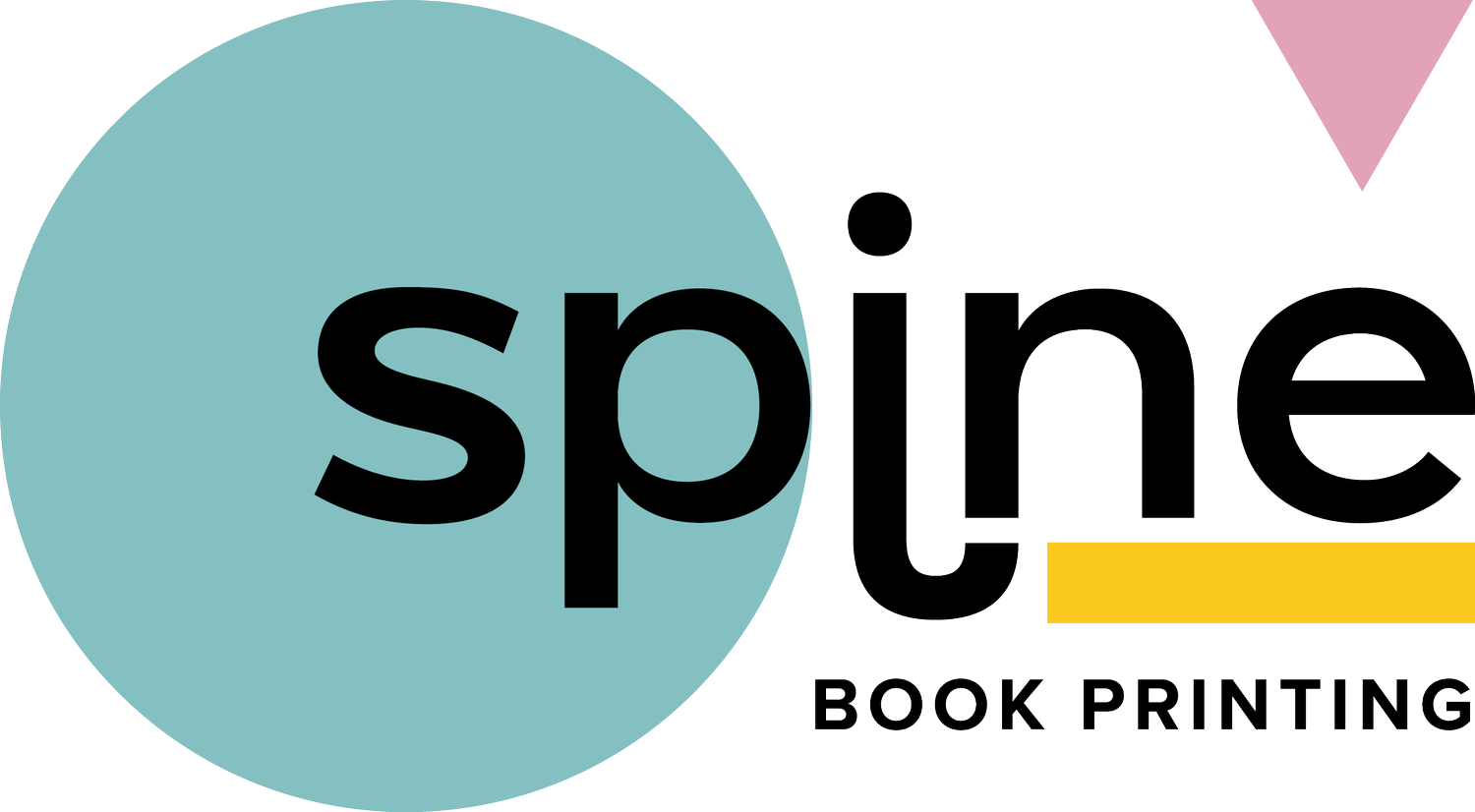Inconsistent Book Design: How It Harms Reader Experience
Books serve as gateways to other worlds, ideas, and experiences. Whether you're crafting a novel, a textbook, or a magazine, consistent design plays a vital role in how readers connect with your work. Imagine reading a gripping mystery only to be jarred by uneven fonts or misplaced images—it breaks the spell. A well-designed book not only captures the reader’s attention but also maintains it, adding an extra layer of professionalism that boosts your credibility as an author.
When readers pick up a book, they expect a seamless journey through its pages. This journey is influenced not just by the story or content, but by the visual elements that complement it. Uniform design creates a comfort zone for readers, guiding them smoothly from one page to the next. It’s the undetectable magic that makes sure the reader remains immersed in the narrative, feeling neither confused nor disrupted by inconsistent presentation. In contrast, a book lacking cohesion may leave readers frustrated or disinterested, potentially missing out on the story's impact.
Disrupted Reader Engagement
Inconsistent design can be a major stumbling block for reader engagement. When a book’s elements are mismatched—uncomfortably large fonts on one page followed by tiny text on the next, or headings that don't quite fit the chapter's tone—readers can get distracted. This inconsistency disrupts the flow of reading, pulling the reader out of the story or argument you’ve carefully crafted.
Here are some common design pitfalls that can harm reader engagement:
- Irregular Font Sizes: A change in font size mid-chapter can jar the reader, much like a sudden, loud noise in a quiet room. It throws off their reading rhythm and pauses the narrative.
- Mismatched Headings: If your chapter headings or subheadings lack a coherent style, it creates confusion. Consistent headings help readers easily follow the structure of your book.
- Inconsistent Margins: Margins that shift from page to page present a cluttered appearance, which can distract the reader’s eye and take away from the text’s impact.
These elements might seem small individually, but together, they can significantly affect how a reader processes your book. Think of them as the nuts and bolts of your narrative structure—holding everything in place and ensuring the story runs smoothly. By maintaining a consistent design, you not only make it easier for readers to engage with your content but also uphold the integrity of your work.
Professionalism and Credibility
The appearance of a book can greatly influence how it’s perceived in terms of professionalism. A consistent design shows meticulous attention to detail, which reflects well on the author and publisher. Just as you wouldn’t attend a formal event in mismatched attire, a book must have a cohesive and polished presentation. This uniformity not only reassures readers of the quality of the content but also strengthens the author’s reputation.
Readers often have high expectations when it comes to the visual presentation of a book. A seamless design suggests that the content within is reliable and carefully curated. Professional publishing houses follow strict design standards to enhance this trust. On the other hand, self-published books sometimes miss the mark due to inconsistent features. Authors looking to self-publish can stand out by ensuring their designs mimic professional standards, showing potential readers that their work deserves attention and respect.
Ease of Reading and Accessibility
Ease of reading plays a crucial role in keeping a reader engaged. Consistent typography, layout, and formatting make a book more inviting. When every page maintains a predictable structure, readers can focus more on the narrative rather than adjusting to new styles. This predictability feels like a friendly guide, setting a welcoming tone for the reading experience.
Accessibility is another significant factor. Books designed with accessibility in mind reach a wider audience, including those with disabilities. Using standard fonts and clear layouts helps everyone enjoy the content without difficulty. When considered thoughtfully, design choices can enhance readability and open doors to a diverse audience, enabling them to engage with the material fully.
Addressing Common Design Issues
It’s important to address common design issues early in the book creation process. Here are some practical steps authors and designers can take:
- Standardise Fonts and Sizes: Choose a primary font and size for the main text and another complementary pair for headings.
- Consistent Page Layouts: Maintain uniform margins and spacing to give each page a clean look.
- Use Design Software: Consider using design tools like Adobe InDesign which offer templates to aid in achieving a coherent layout.
Hiring professional book design services can greatly help in maintaining a unified look. Experts can offer valuable insights into what works and what doesn’t, allowing the author to focus more on content creation.
Bringing Your Vision to Life with Print Books in the UK
Summing up, a well-thought-out design captivates readers, ensuring they remain absorbed in the material. Consistency in design establishes a book’s professionalism and enhances both clarity and accessibility. These elements create a seamless reading experience, vital for capturing and retaining an audience’s attention.
Consider enlisting expert services to realise your vision and ensure each design element works harmoniously. Creating a polished and engaging book is more than just writing the content—it’s about packaging your words in a way that’s aesthetically pleasing and professionally credible.
Creating a book that captures the reader's attention with its impeccable design is more achievable than ever. If you're ready to see how quality design can transform your work, explore how print books in the UK can bring your ideas to life with Spine Book Printing.

